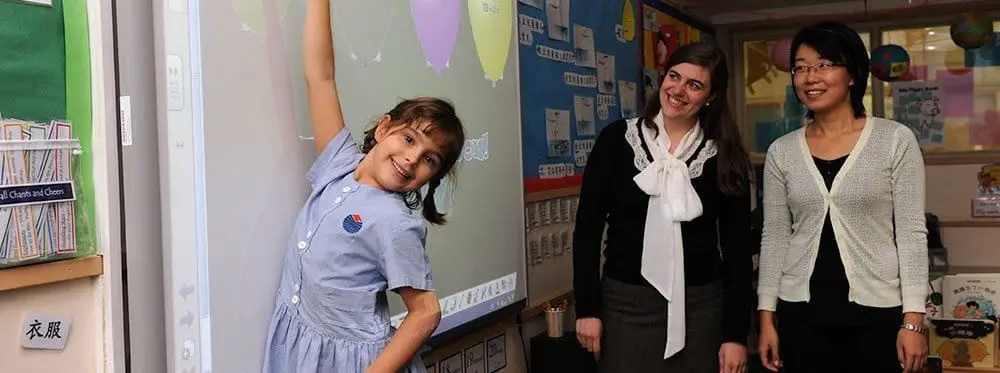In multilingual and multicultural learning environments, co-teaching is increasingly recognized as a powerful educational model. At its core, co-teaching involves two qualified teachers—often from different linguistic and cultural backgrounds—collaboratively leading a classroom. Unlike a lead teacher and assistant arrangement, co-teaching is a true partnership where both educators share equal responsibility for instruction, classroom management, planning, and decision-making.
What Is Co-Teaching?
Co-teaching brings together two professionals—typically one teaching in the local or host country language and the other in a second language—to guide the same group of students. The goal is to foster bilingualism, enhance cultural understanding, and promote inclusive learning environments.
Far more than simply supporting language acquisition, co-teaching enables both language and content to be taught simultaneously, with each teacher reinforcing the other’s instruction. The model also provides a balanced representation of different worldviews and pedagogical styles.
Benefits of the Co-Teaching Model
1. Maximizing Learning Efficiency
In a co-teaching setting, teachers collaborate on lesson plans and choose the most effective co-instructional strategies based on learning objectives. These strategies may include:
- One teaching, one supporting: One teacher leads the lesson while the other provides individual or small-group support.
- Station teaching: Students rotate between teaching stations led by both teachers.
- Parallel teaching: Each teacher instructs a group using the same content in smaller, more manageable settings.
- Alternative teaching: One teacher works with a small group for targeted support while the other teaches the main group.
- Team teaching: Both teachers co-present the lesson and engage students simultaneously.
This flexible model increases student engagement, allows for tailored instruction, lowers the student-to-teacher ratio, and helps teachers expand their professional knowledge through collaboration.
2. Promoting International Understanding
By blending languages and cultures in the classroom, co-teaching supports students’ development of international mindedness. The classroom becomes a space where respect, empathy, and appreciation for cultural differences are part of daily learning. Students are exposed to multiple perspectives and gain a deeper understanding of the world around them.
This approach also reinforces bilingual education goals, enabling students to develop proficiency in two languages while internalizing the values and traditions of multiple cultures.
3. Comparative Learning and Exploration
One of the most engaging elements of co-teaching is the comparative study of global themes. Co-teachers can guide students through explorations of cultural and historical parallels, such as:
- Traditional medicine practices in Eastern and Western contexts
- Historic figures from different regions—like comparing Zheng He and Magellan
- Architectural styles across continents
- Scientific innovations and aviation history from multiple countries
These experiences foster curiosity and encourage students to draw connections between cultures, time periods, and disciplines—turning the classroom into a bridge between worlds.
A Model for Holistic Education
Co-teaching is more than a teaching method—it is a reflection of inclusive, forward-thinking education that values diversity, cooperation, and global citizenship. In a co-teaching classroom, students are not just learning academic content. They are becoming open-minded, well-rounded individuals who can navigate and appreciate an interconnected world.
With its ability to integrate language learning, cultural appreciation, and collaborative teaching, the co-teaching model stands out as a valuable approach for international and bilingual education settings.
